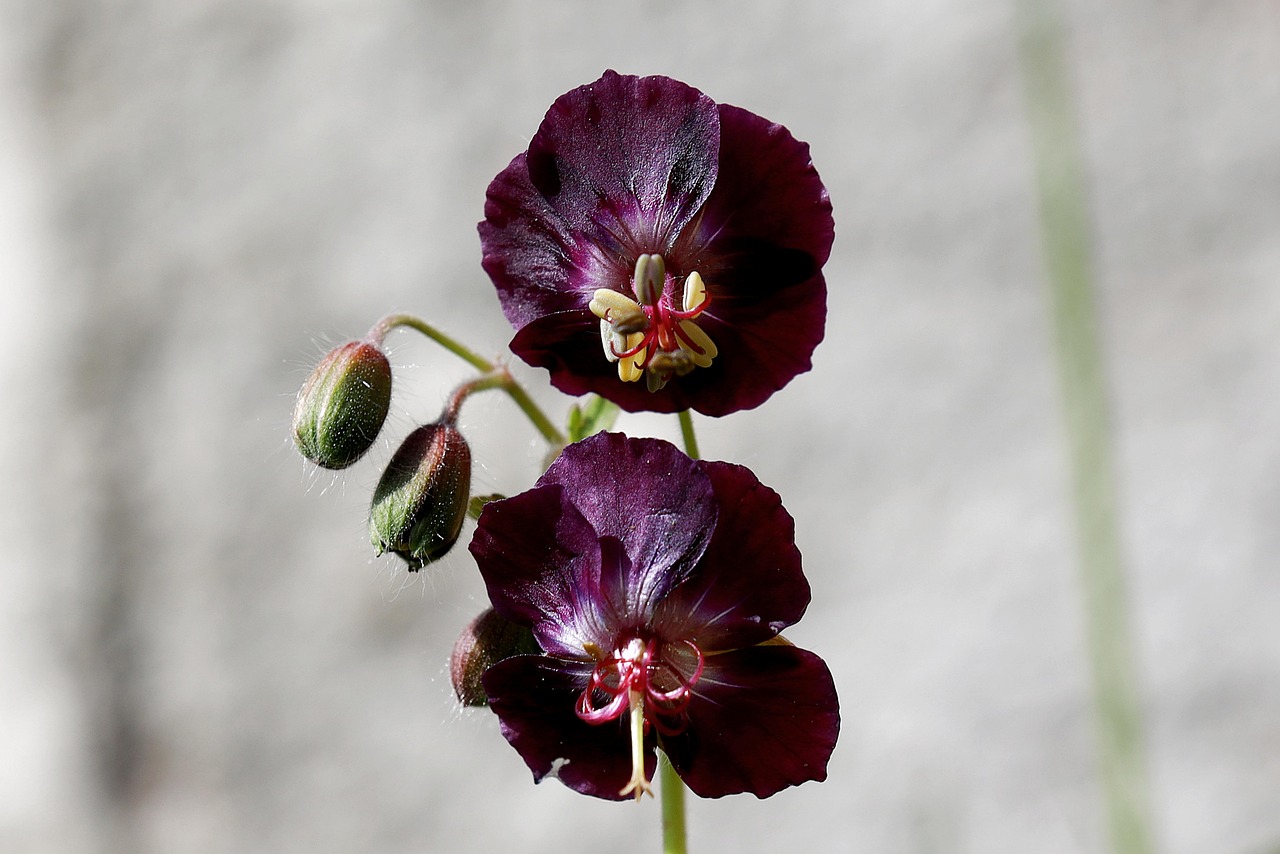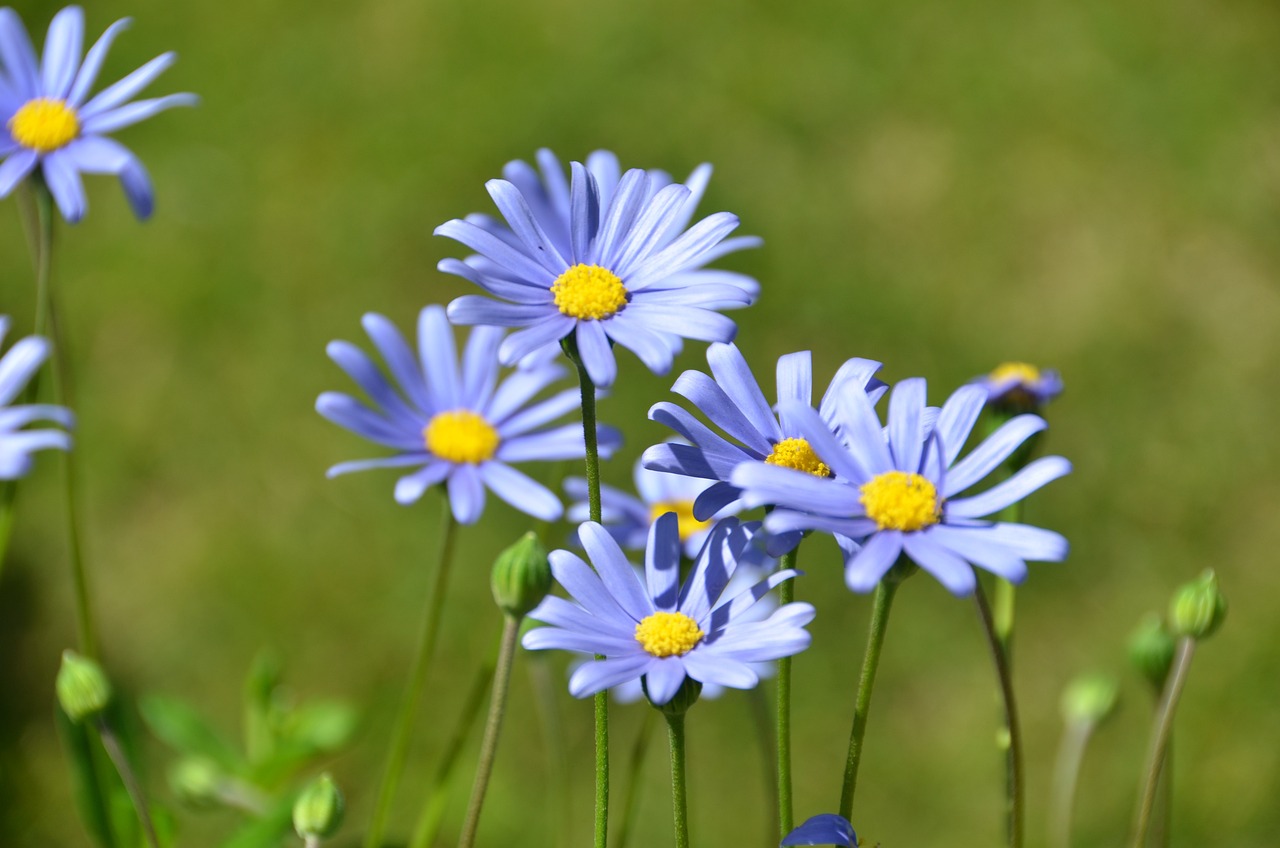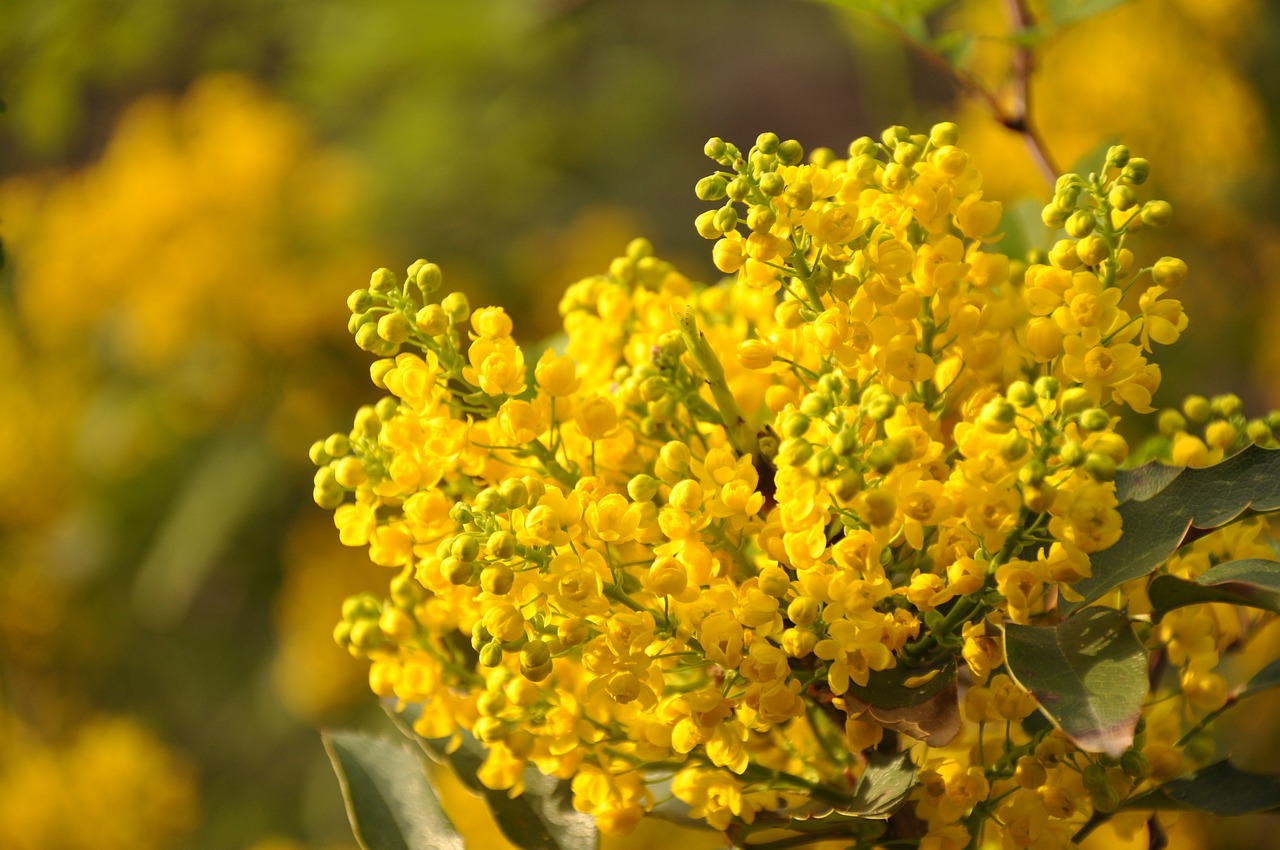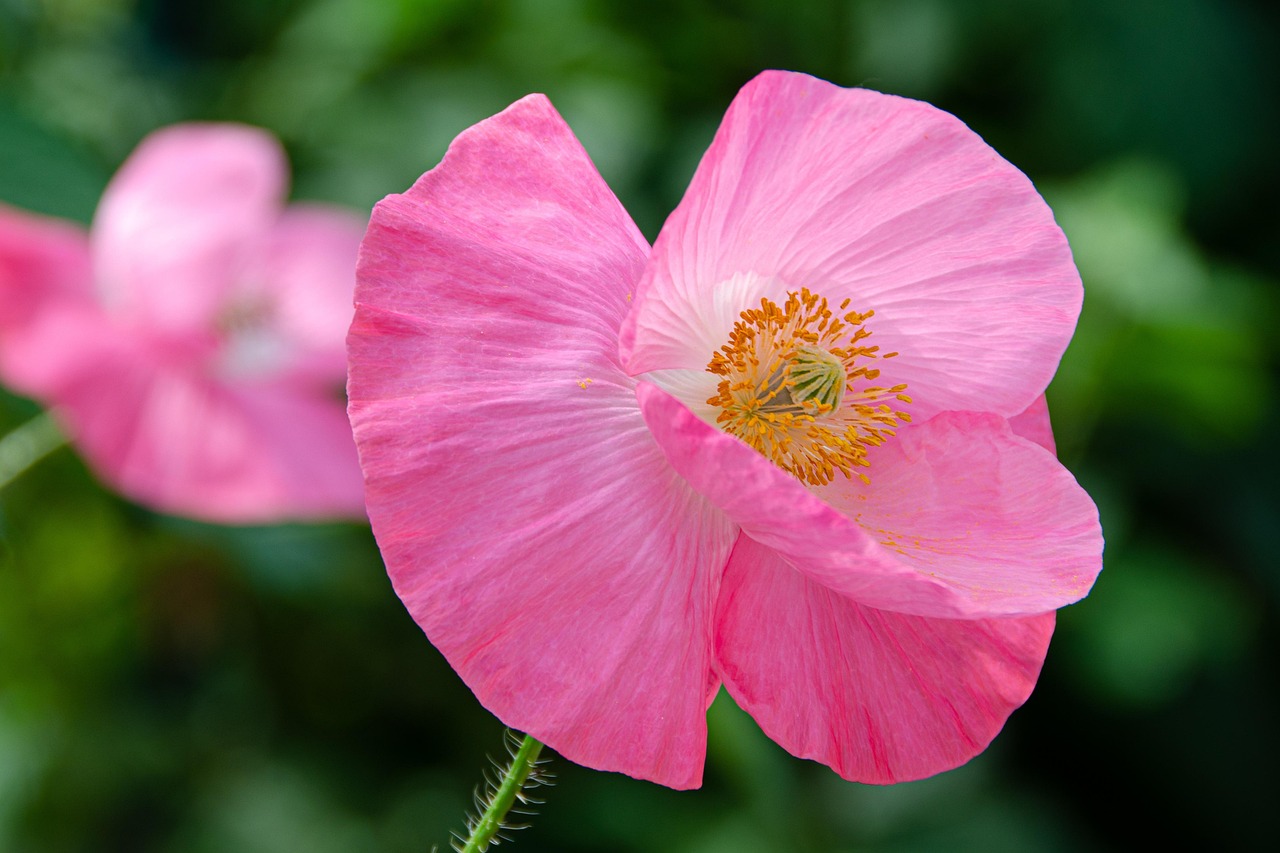Heuchera | A Colorful Plant that Adorned European Gardens
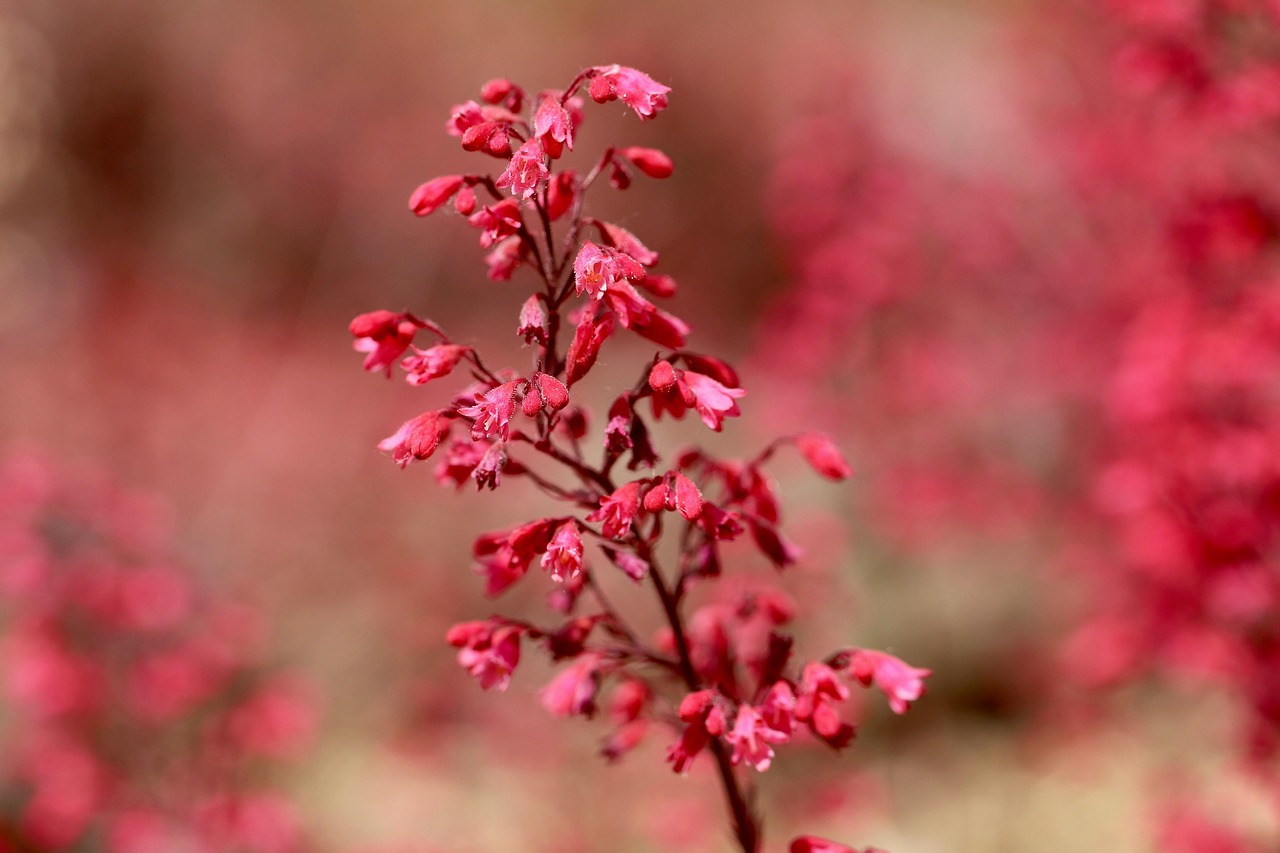
I introduce Heuchera, a perennial plant distinguished by its wide variety of colorful leaves. It is a popular choice for shade gardens and container arrangements.
Because its foliage remains beautiful throughout the year, I also value it as an ornamental foliage plant. In early summer, it produces delicate, small flowers that bring an elegant atmosphere to the garden.
In this article, I explain the basic information, cultural and historical background, and cultivation methods of Heuchera.
Basic Information
- Scientific name: Heuchera spp.
- Family: Saxifragaceae
- Origin: North America
- Appearance: Heuchera has a wide range of leaf colors including green, red, purple, and silver. The leaves often have wavy edges, with varying patterns and textures depending on the cultivar. In early summer, slender flower stalks rise and bear small, bell-shaped blossoms.
- Blooming season: May–July
Cultural Characteristics Worldwide
Because of its vibrant foliage and shade tolerance, Heuchera has been widely cultivated in gardens around the world.
Being native to North America, it has become a key plant in American shade garden design. It is particularly suited to natural-style landscapes and is often planted alongside other perennials and shrubs.
In Europe, it began to be used in English and French gardens in the late 19th century, valued both for its ornamental quality and its cold hardiness.
In English cottage gardens, colorful foliage arrangements are especially appreciated.
In recent years, Heuchera has gained popularity in Japan as well, where it is commonly used in pots or mixed plantings as an accent.
Historical Background
The name Heuchera is derived from Johann Heinrich von Heucher, an 18th-century German botanist. His contributions to botany were honored by naming the plant after him.
During the 19th century, it attracted attention among European plant enthusiasts, leading to extensive breeding. In France and England in particular, crossbreeding focused on diversifying foliage colors and patterns.
In the 20th century, American breeders further developed new cultivars to improve cold resistance and leaf coloration.
Today, Heuchera is loved not only as a garden plant but also as an indoor ornamental foliage plant.
Gardening Advice
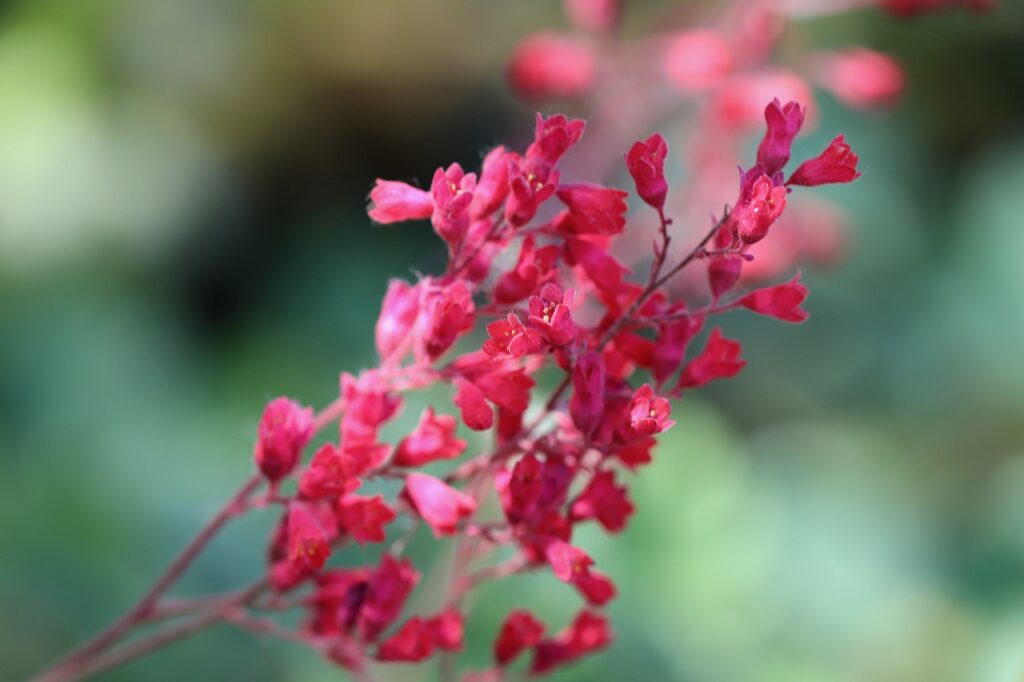
Heuchera is hardy and easy to manage, but proper care is essential to maintain its vivid foliage.
Light
Prefers bright shade or partial shade. Direct sunlight can scorch the leaves, so light protection in summer is recommended.
Watering
Likes moderate moisture but should not be overwatered. Water thoroughly when the surface soil dries. Ensure containers have good drainage.
Soil
Requires well-drained soil rich in organic matter. Adding compost or leaf mold improves growth.
Fertilizer
Apply a small amount of slow-release fertilizer in spring and autumn. Avoid excessive fertilization, which may reduce leaf beauty.
Pruning
Remove dead leaves and flower stalks regularly. If foliage is damaged during winter, trim in early spring to encourage healthy new growth.
Cold Tolerance
Many cultivars are cold-hardy, but mulching in winter is advisable in colder regions.
Conclusion
Heuchera is a perennial plant admired for its vivid foliage and unique textures.
Native to North America, it has become a popular garden and container plant in Europe and Japan as well.
Named after the German botanist Heucher in the 18th century, it has been extensively bred in Europe and the United States since the 19th century.
Because it thrives in shaded areas, it is particularly suited to shade gardens and is frequently used as an accent in mixed plantings.
While it requires shade and well-drained soil to maintain its foliage color, it is generally easy to grow. By adding it to a garden, one can enjoy seasonal variations in color throughout the year.

